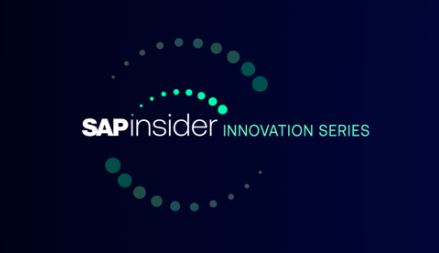Bridging Cloud and On-Premise Systems: Leveraging SAP BTP Integration Suite and Edge Integration Cell
Meet the Authors
Key Takeaways
⇨ Businesses are increasingly implementing hybrid approaches to balance the scalability of cloud solutions with the control and security of on-premise systems, addressing needs such as legacy applications and data compliance.
⇨ The SAP BTP Integration Suite, along with the Edge Integration Cell, facilitates seamless integration between cloud and on-premise environments, ensuring operational efficiency, data consistency, and uninterrupted operations crucial for industries like logistics and retail.
⇨ A resilient integration strategy that combines cloud and on-premise systems not only enhances agility and scalability but also safeguards critical processes and promotes innovation in evolving business landscapes.
Businesses are accelerating their adoption of cloud solutions to enhance scalability, agility, and cost-efficiency. Cloud systems enable real-time data access, streamline operations, and enable innovation. However, there is a need to keep certain critical systems on-premise for reasons like supporting legacy applications, protecting sensitive customer data, or regulatory compliance needs.
This is a challenge for organizations to bridge these two worlds effectively. A hybrid approach provides a solution to this, combining the benefits of cloud and on-premises systems.
A Hybrid Approach
A hybrid approach offers businesses the flexibility to balance the scalability of cloud systems with the control and security of on-premises environments. However, with the hybrid approach, businesses need to ensure efficient integration of the systems that are deployed in the cloud and the ones that are on-premise. Without proper integration, businesses risk silos, operational inefficiencies, and inconsistent data.
Explore related questions
For example, manufacturing companies often rely on on-premise systems for mission-critical processes like production monitoring, ensuring stability and reliability. At the same time, cloud platforms drive predictive analytics and customer engagement initiatives. Integration between these environments is crucial for maintaining data consistency and operational efficiency.
How SAP BTP Integration Suite Simplifies Hybrid Integration
SAP BTP Integration Suite provides a comprehensive platform to unify data and processes across SAP and non-SAP systems, using pre-built connectors, APIs, and advanced integration patterns.
Edge Integration Cell, an optional hybrid integration runtime offered as part of SAP Integration Suite, is a key enabler of this hybrid approach. It acts as a localized integration hub, ensuring secure, real-time communication between on-premises and cloud systems. With features like asynchronous communication and support for semi-disconnected environments, it ensures uninterrupted operations, even in industries like logistics and retail, where real-time responsiveness is critical.
Features of Edge Integration Cell include:
- Flexible Deployment Options: Edge Integration Cell can be deployed in customer-managed private Kubernetes environments.
- By processing data locally, Edge Integration Cell helps with meeting data compliance and governance requirements.
- Through Edge Integration Cell, users can design, configure, and monitor integrations and APIs in the cloud and run them within their private landscape.
With Edge Integration Cell, SAP BTP Integration Suite offers high efficiency and flexibility for hybrid environments. This helps handle complex integration needs while maintaining the security required for business-critical operations.
Building a Resilient Integration Strategy
As businesses evolve, integrating cloud and on-premise systems has become a necessity for ensuring agility, scalability, and control. A hybrid integration strategy using SAP BTP Integration Suite and Edge Integration Cell provides the foundation for this transformation.
SAP solutions not only address the complexities of integration but also offer the flexibility to adapt to evolving business landscapes. Using these solutions, organizations can bridge the gap between legacy and modern systems, protect critical processes, and increase efficiency.






